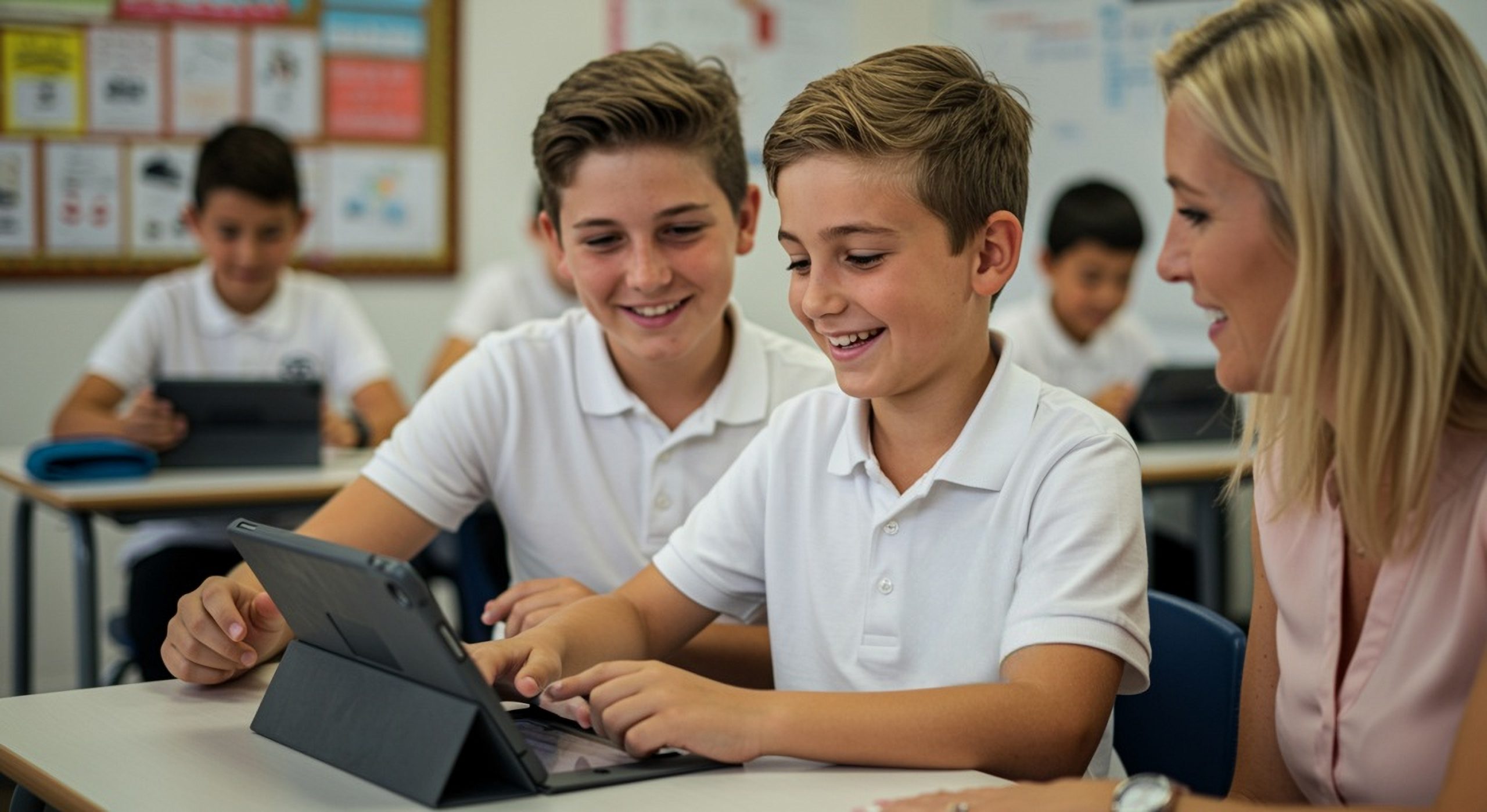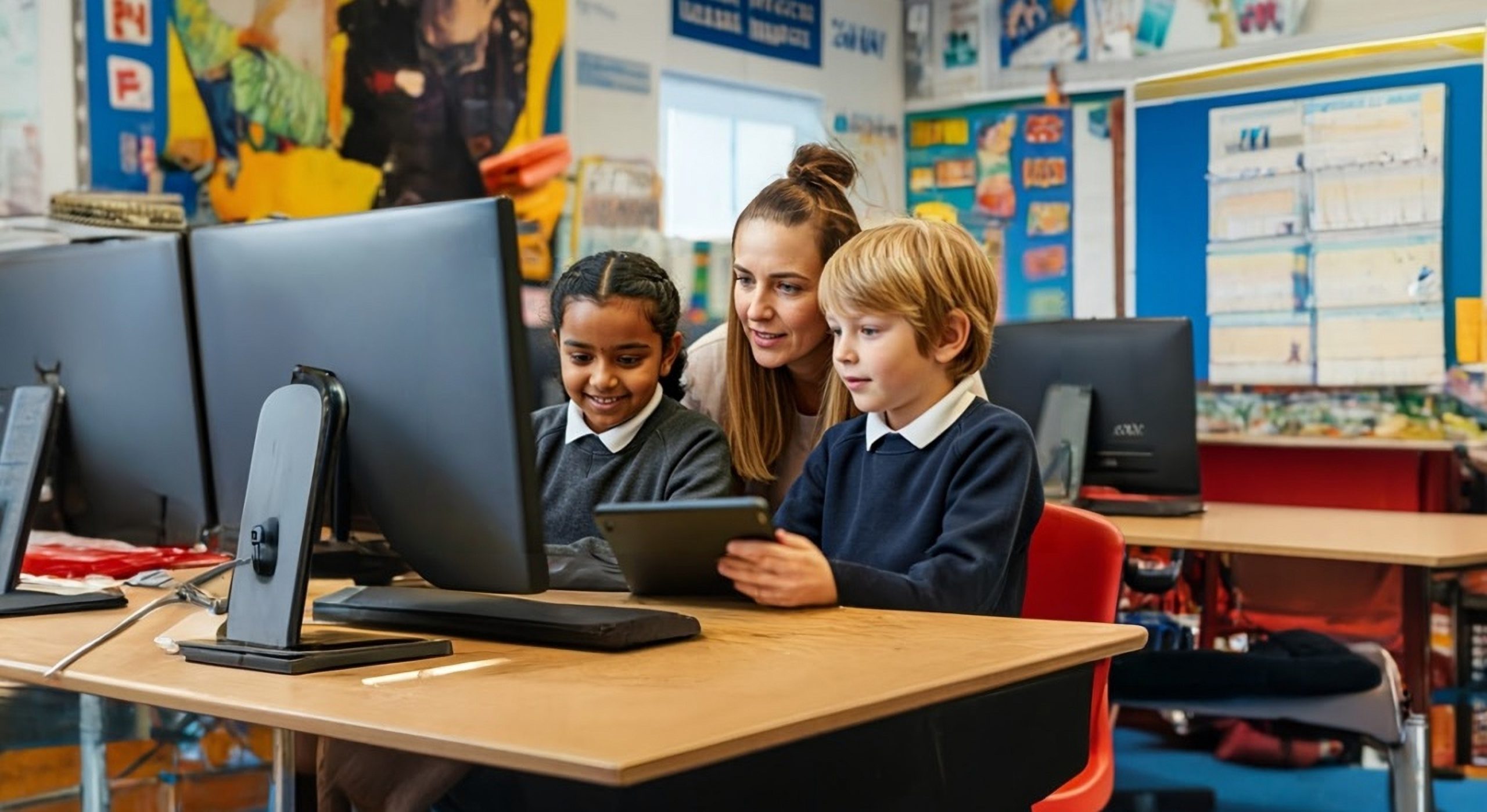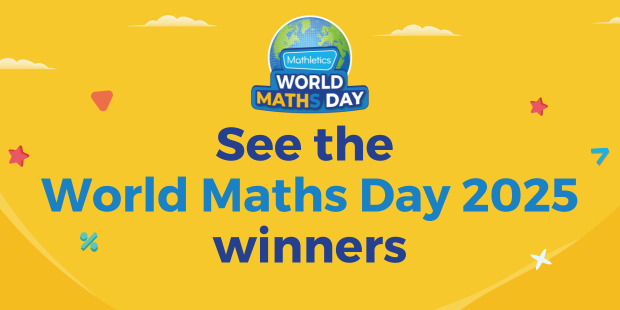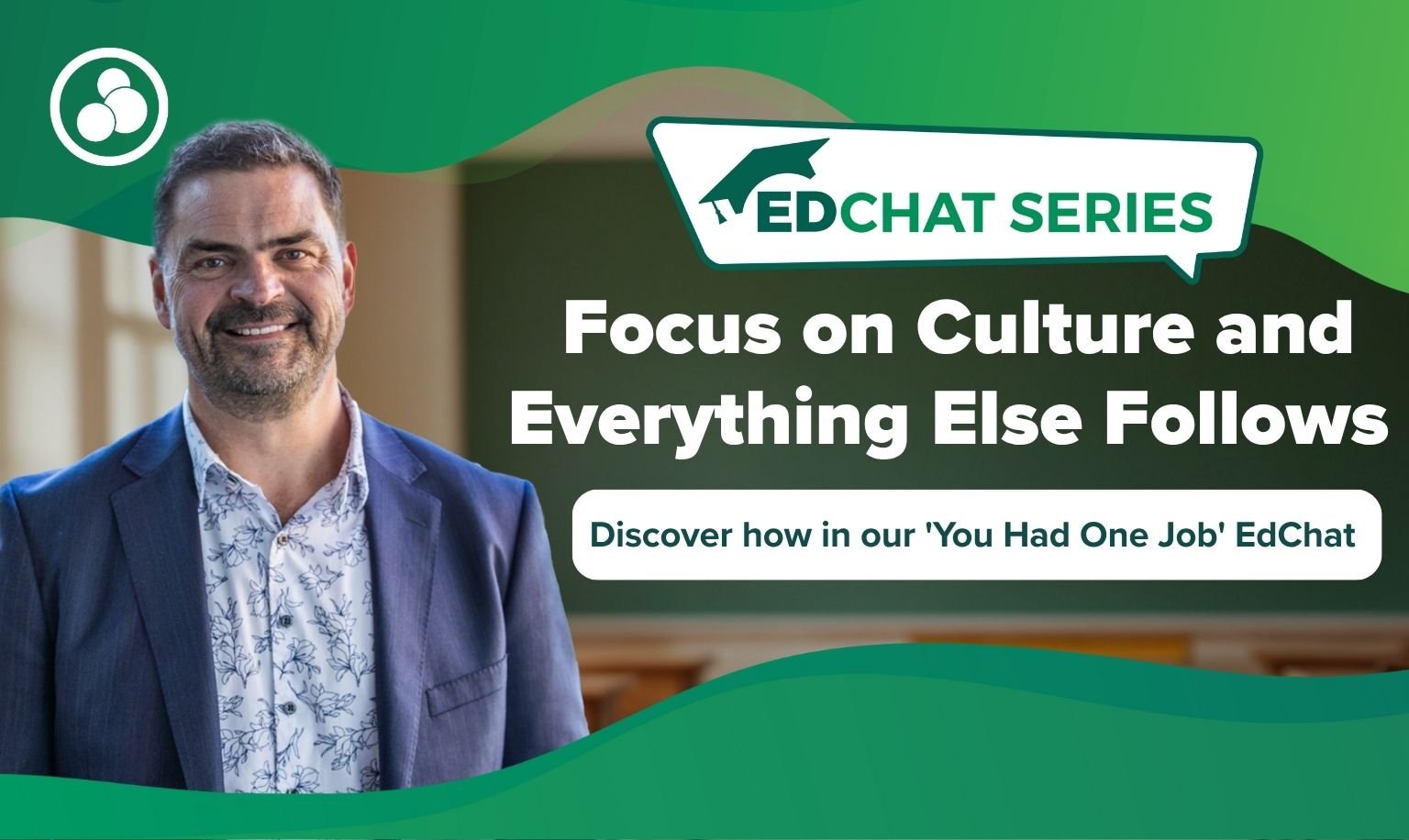
Screen time policies are reshaping how schools use technology around the world.
From Victoria’s new 90-minute daily limit in Australia to similar guidelines emerging globally, the shift is clear: it’s not about more screen time, but better screen time.
At 3P Learning, this has always been our philosophy.
Built for short, high-impact sessions
Our online literacy and numeracy programs for schools – Reading Eggs, Writing Legends, Mathseeds and Mathletics – are designed for focused 15–20-minute bursts of learning.
Every activity is structured to support systematic and explicit instruction, rapid feedback, and visible progress.
And because all programs are completely ad-free, every minute is genuine learning time.
No distractions, no interruptions, just purposeful literacy and numeracy practice that fits easily into classroom routines.

The research: proven results in 15–30 minutes per week
Screen time limits mean schools need programs that demonstrate clear effectiveness in short sessions.
We analysed how Reading Eggs, Mathseeds and Mathletics perform with minimal weekly usage across hundreds of thousands of students.
Here’s what we found:
Reading Eggs: Our 2025 Thriving Learners Study of almost half a million students found that when students use Reading Eggs for just 20+ minutes weekly, they exceed a full year’s expected literacy growth in three terms. View the research.
Mathseeds: Students using Mathseeds for 20+ minutes weekly achieved 93% of expected annual growth in three terms, with 86% quiz accuracy showing strong skill consolidation. View the research.
Mathletics: Analysis of Australian national standardised assessment data revealed that students in Mathletics schools achieve significantly better numeracy results than their peers:
- Year 3: +7.6 points higher on average.
- Year 5: +9.6 points higher on average.
- Just 15–30 minutes weekly drives results.
Our comprehensive analysis confirms these outcomes. View the research.
What we’re seeing across our programs is encouraging: just 15–30 minutes per week delivers growth that meets or exceeds expected annual benchmarks while producing measurable gains on standardised testing.
These results align naturally with emerging screen time policies – brief, purposeful sessions are all students need.
Why short sessions actually work better
Research shows students don’t need hours on programs to make meaningful progress. They need focused time that sustains genuine engagement and attention.
Our programs deliver precisely that: concentrated 15–20-minute sessions where students are actively learning.
When the session ends, students transition naturally to other activities – offline practice, collaborative work or teacher-led instruction.
Our downloadable resources serve a specific purpose: extending learning without extending screen time. Real-time progress data also enables teachers to identify exactly where students need additional support and adjust instruction accordingly.
This blended approach – combining short digital sessions with offline activities and teacher-led instruction – delivers measurable results while staying comfortably within screen time limits.
What this means for schools
Whether your school is implementing new screen time limits or simply refining how technology is used, the question is the same: how do we make every minute count?
That’s precisely the right focus. Programs designed for 15–30-minute sessions – backed by evidence and built around blended learning models – deliver measurable results while aligning naturally with policy requirements.
The good news? Screen time restrictions aren’t a barrier to strong outcomes. They’re confirmation that brief, purposeful sessions are all students need.
Ready to make screen time work smarter?
If you’re ready to explore how our programs could work in your school – within your screen time limits, your schedule, your budget – we’re here to help. Contact us today to discuss your needs.
Want to see the evidence first? Our research is available for schools who want to see the complete methodology and detailed results.







